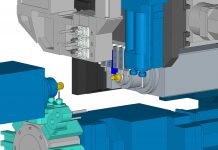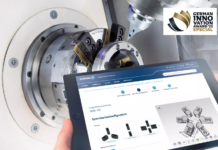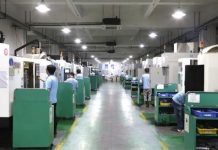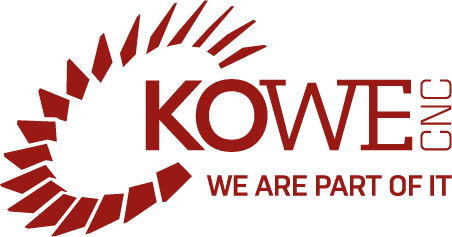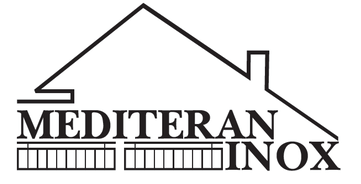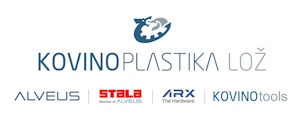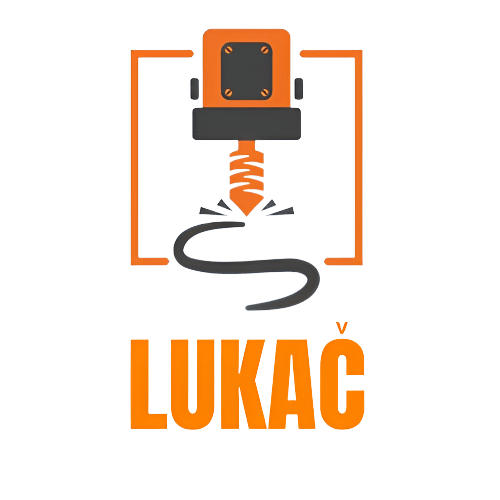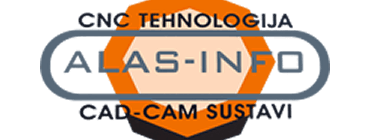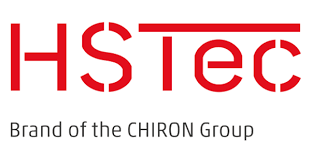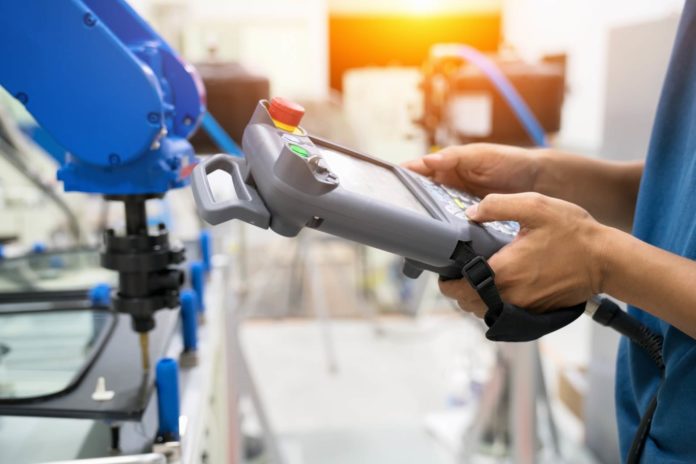
Manufacturers claim they aim for quality, but often place more focus on cost control. Alicia Dimas, director of policy at the Chartered Quality Institute (CQI), says product quality and profitability can co-exist.

Producing quality goods is key for business growth, and while this is known by many manufacturers, the tendency to prioritise production cost over quality is still occurring globally in the manufacturing industry, due to inflation and rising margin pressures across businesses.
Quality manufacturing doesn’t have to equate to higher costs, however. In fact, producing quality goods often means lower recalls. But the challenges to achieving quality in manufacturing cannot be ignored, as one of the biggest obstacles in the industry is the existing and increasing skills gap.
In a survey of 200 UK manufacturers, conducted by the Professional division of Miele (April 2018), 44% of respondents said it was difficult to develop good professional skills among their workforce.
While Britain has the third-most skilled professionals in the world (after Germany and Japan), 42% of British businesses say they rely on in-house training to develop their personnel’s skills, as they can’t find the training they need from external providers or universities.
The supply chain
According to the same survey, the second-biggest challenge for manufacturers is achieving quality in the supply chain. As a result, companies are reviewing quality procedures because of concerns over the provenance of raw materials, the research found.
The majority of manufacturers Miele spoke to say that they’ve had to review quality procedures because of the impact of Industry 4.0, as well as finding it difficult to access raw materials.
As companies improve their internal quality performance, attention naturally turns to the supply chain, as a source of variation and an opportunity for improvement.

A practical approach to assuring quality in complex supply chains is one based on risk. That is, companies assess their supply base according to the risk they present to the end-product and apply resources accordingly.
Critical suppliers warrant the deepest evaluation (e.g., strategy, processes, systems), monitoring (tailored key performance indicators), and the most improvement support (engineering, remediation)
At the other end of the spectrum, transactional suppliers only require high-level evaluation (business registration), exception monitoring and almost no improvement support (use of an alternative source).
The Production Part Approval Process (PPAP) is a tool originally developed for supplier quality assurance in the automotive industry, but is fast becoming popular in a number of other industries.
According to the American Society for Quality (ASQ), the purpose of the PPAP is to determine, during an actual production run at the quoted production rates, whether all customer engineering design record and specification requirements are properly understood by the supplier, and that the process has the potential to produce products consistently meeting those requirements
The Chairman of the International union of Professional Development Institutions (IuPDI), Leslie Lee, says that the first stage to guarantee quality in your supply chain is to assess and approve suppliers on their capability to supply to requirements consistently.
Companies should consider several criteria when conducting the assessment, such as: the product design; the supplier assessment of their suppliers; the purchasing requirements; process control (including production engineering, quality engineering, production and in-process quality); the final inspection; outgoing quality inspection and testing; quality (review quality and delivery performances, customer complaints and returns), and sales.
He also highlights that the second stage is monitoring and improvement of key suppliers by planning and prioritising visits to key suppliers (spending more time with the ones that need more monitoring and development).
It is important to let the supplier’s management know what the monitoring and development programme consists of and how the strategic supplier partnership should be conducted.
The correct approach is to work with the suppliers to identify weaknesses, making sure that they understand and accept the findings, and to assist them in developing possible solutions for improvement.
Quality and profitability
The UK manufacturing industry recognises the important role quality plays in business development and sustainability.
Miele’s survey reported that 78% of British manufacturers believe quality is the key to delivering business growth, and nearly half of respondents rated product quality as more important that price.
Respondents also stated that improving product quality would result in a 30% increase in both profitability and revenue.
The majority of manufacturers surveyed believe that ensuring product quality drives trust in a brand and can give you that competitive advantage. In fact, making improvements to product quality was considered key by its respondents for boosting their market share, which was cited as its most likely benefits.
In order to increase profitability through quality, companies need to examine their costs of preventing and addressing quality problems, with a view to achieving the right balance for their purposes. This approach can be called Cost of Quality (CoQ) or Total Quality Control (TQC).
Companies that achieve the right balance of ‘prevention and cure’ are those that see profitability increases through improved quality. In fact, a study by Forbes-ASQ (May 2017) showed that 71% of world-class companies saw quality as a driver for effectiveness and profitability.
In a 2014 study on the culture of quality conducted by Forbes and ASQ, Rodney Donaville, senior director for customer experience, quality and culture at Hewlett-Packard (HP), noted that at HP, quality is defined by its customers.
Building a ‘culture of quality’ is essential to business excellence and is simply a popular term to describe the concept of a company’s people being its most valuable quality tool.
The US pharmaceutical industry body, the Parenteral Drug Association (PDA), is in the middle of a multi-year project to assess and quantify attributes of this quality culture. According to a 2017 report on this project, ‘regulators are increasingly focused on quality culture, as they recognise its impact on the production of quality products.’
From the US to the UK and all around the world, people are the key to unlocking any organisation’s quality potential and, as Miele’s survey shows, manufacturers are aware of the strong link between quality and success.









